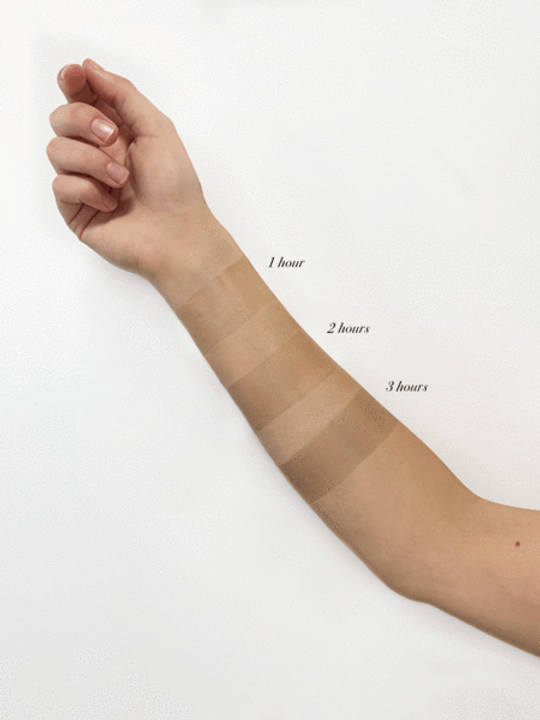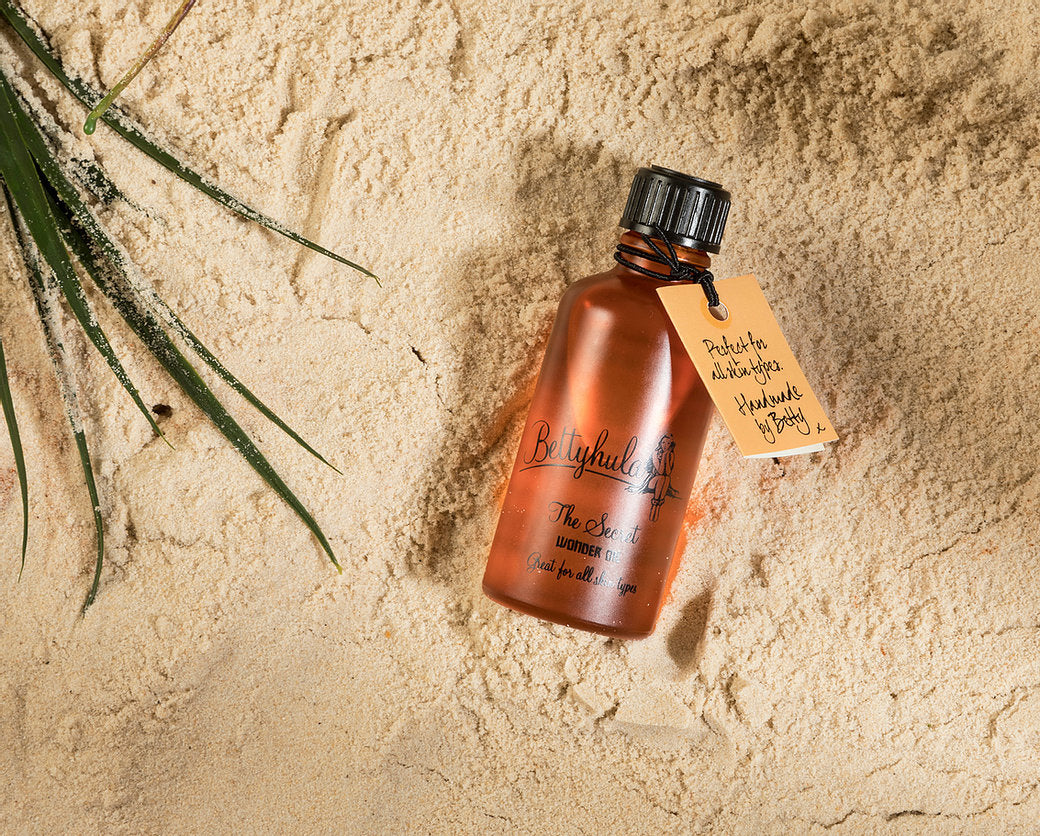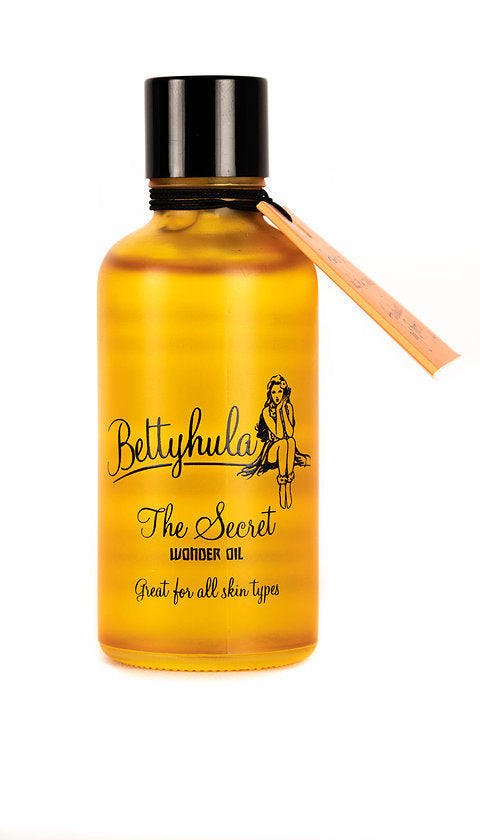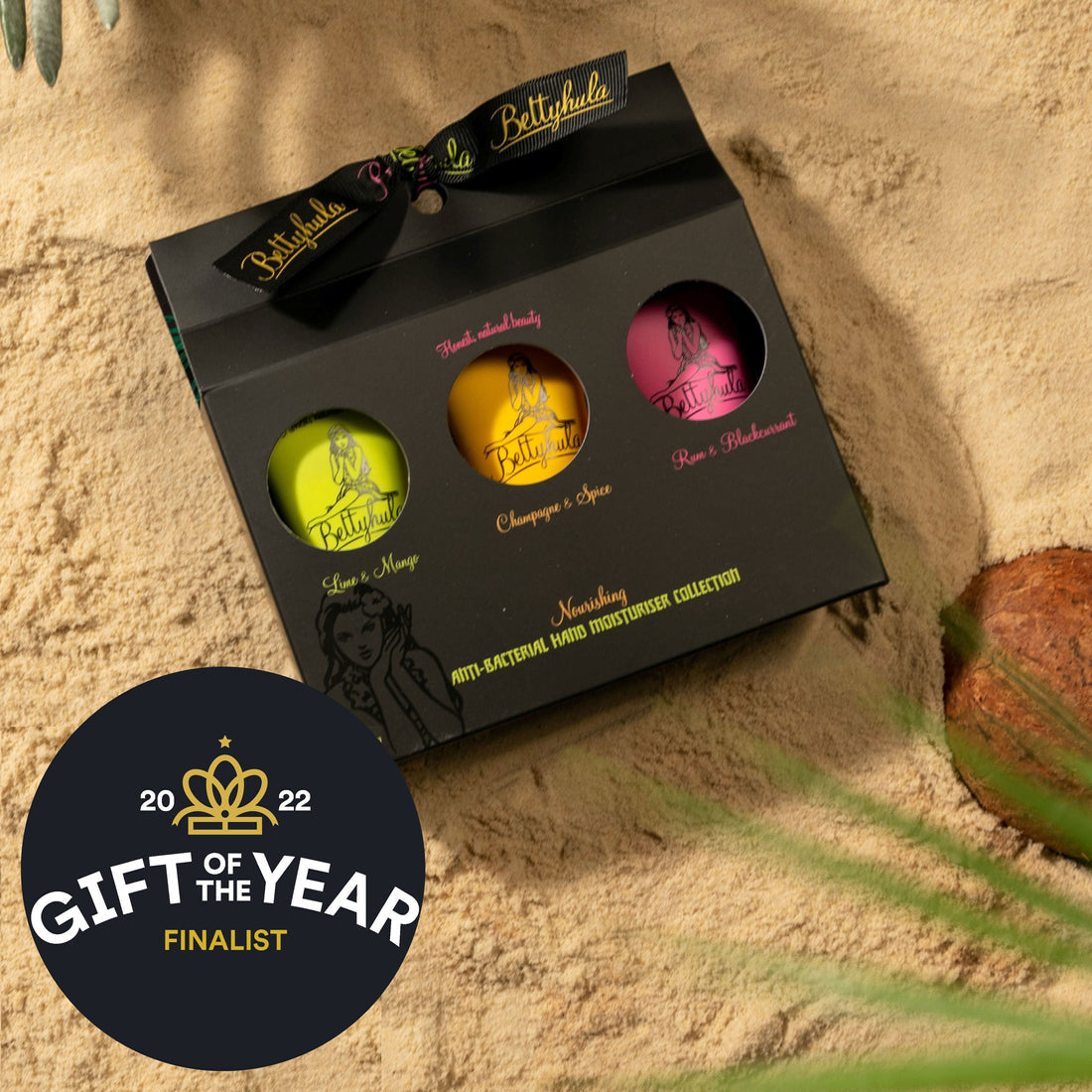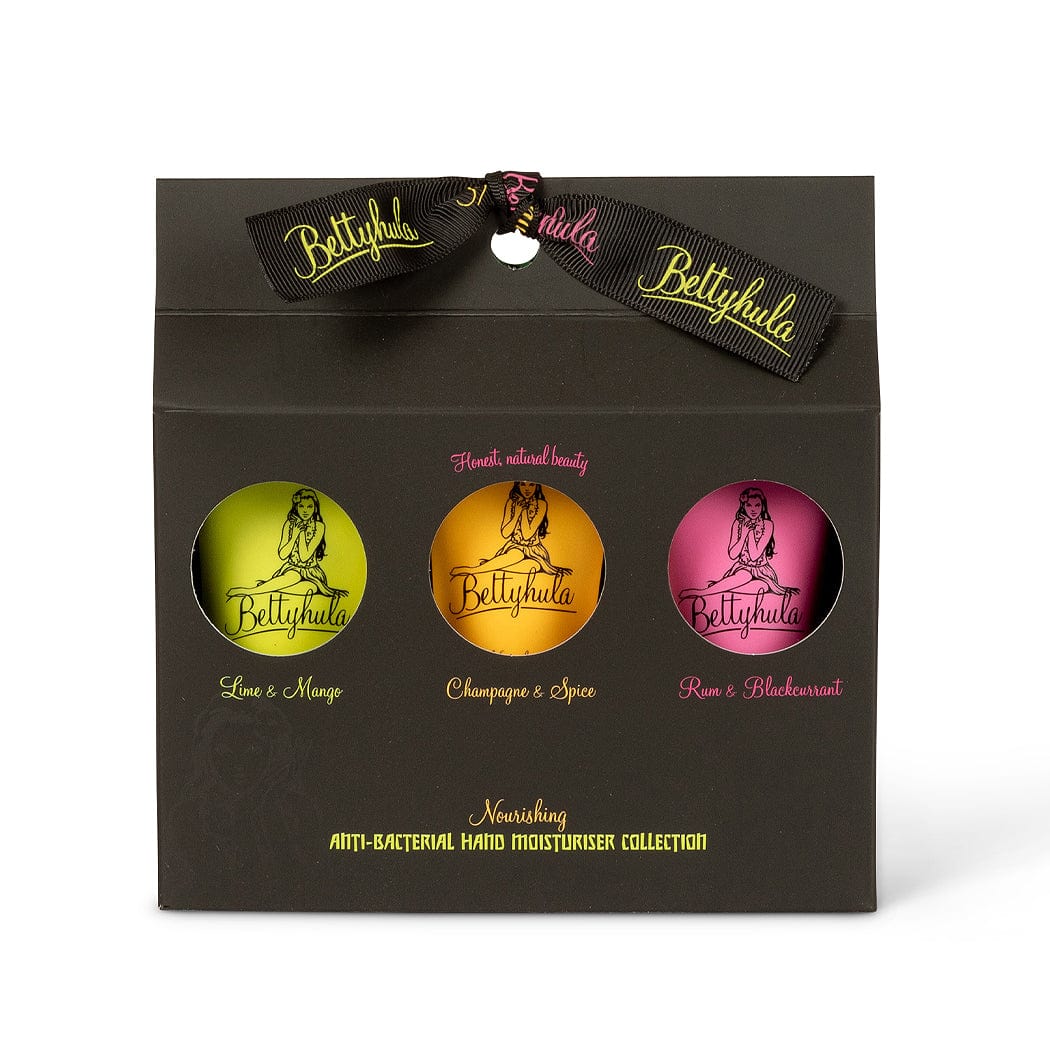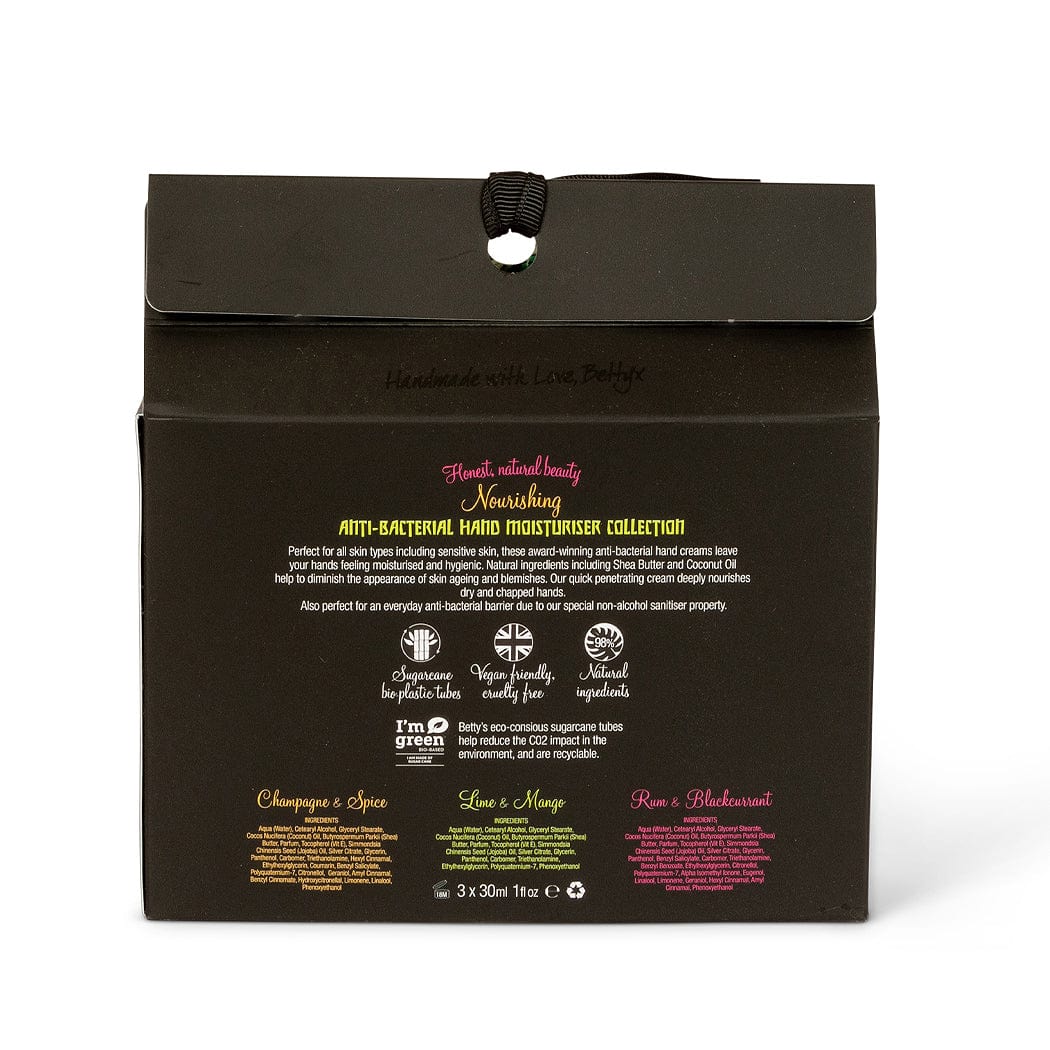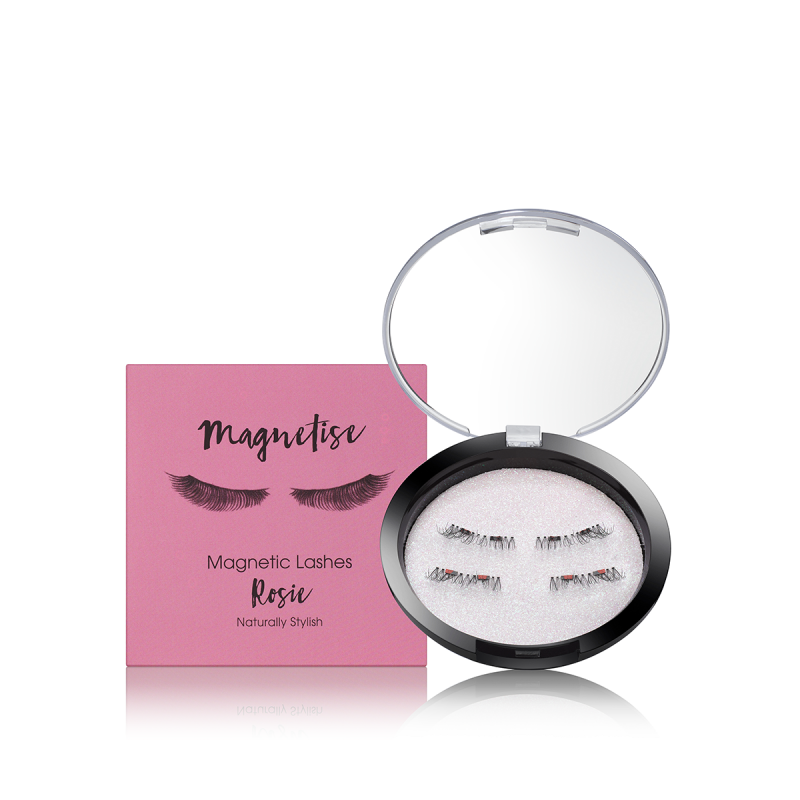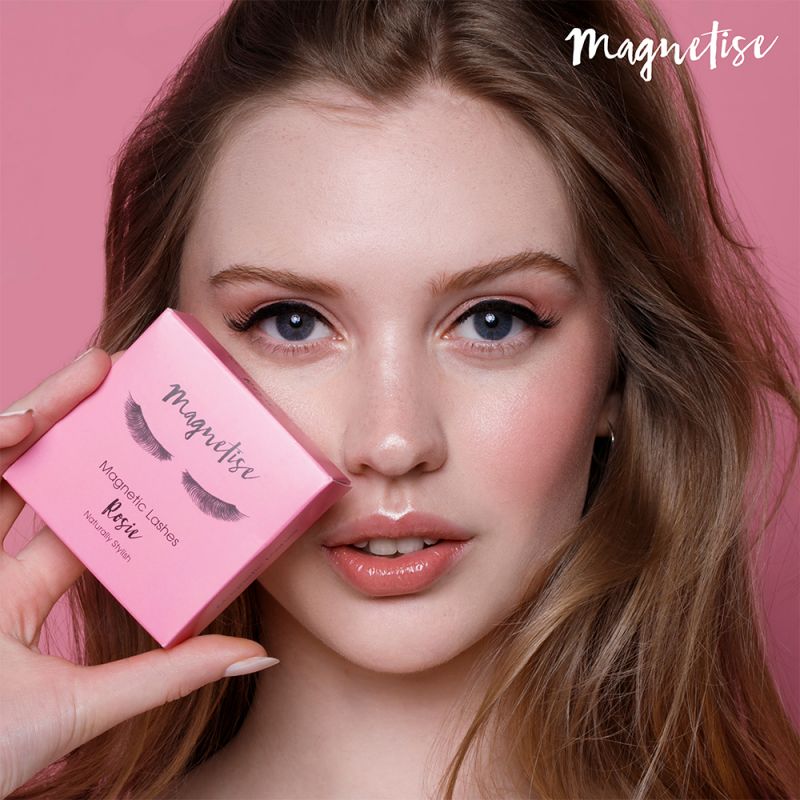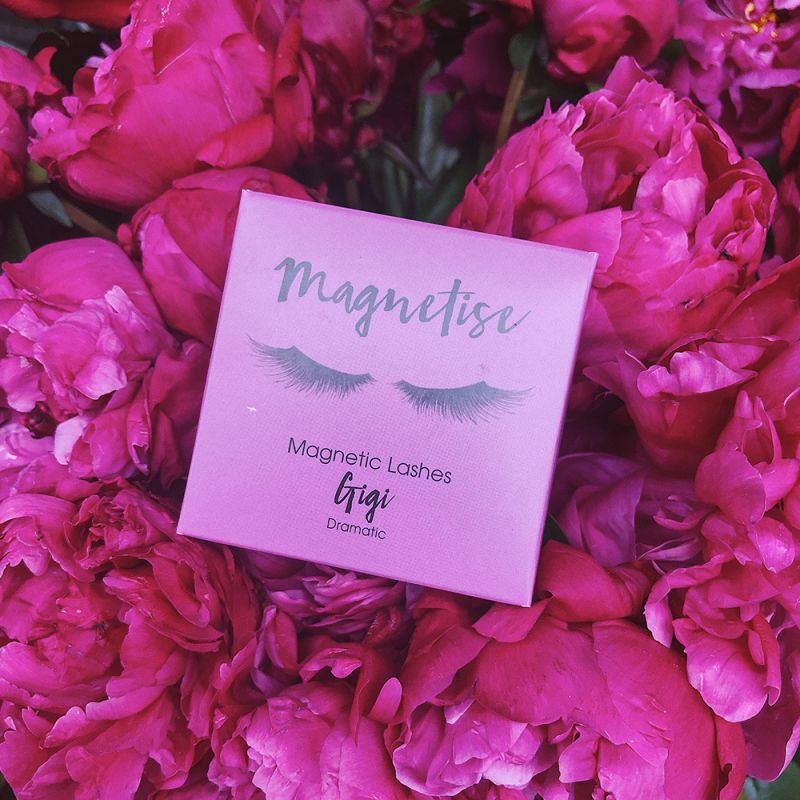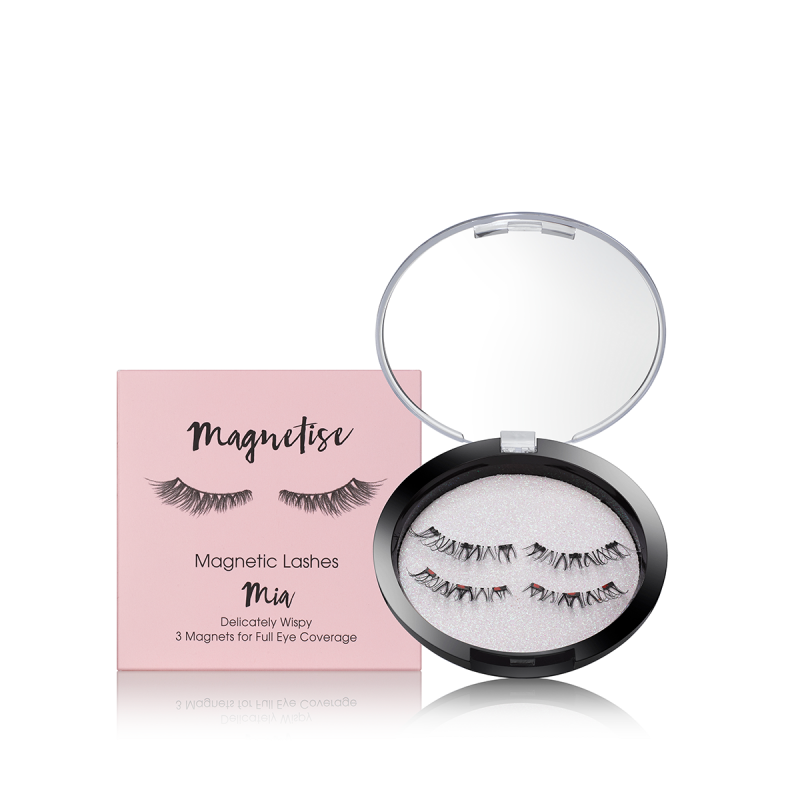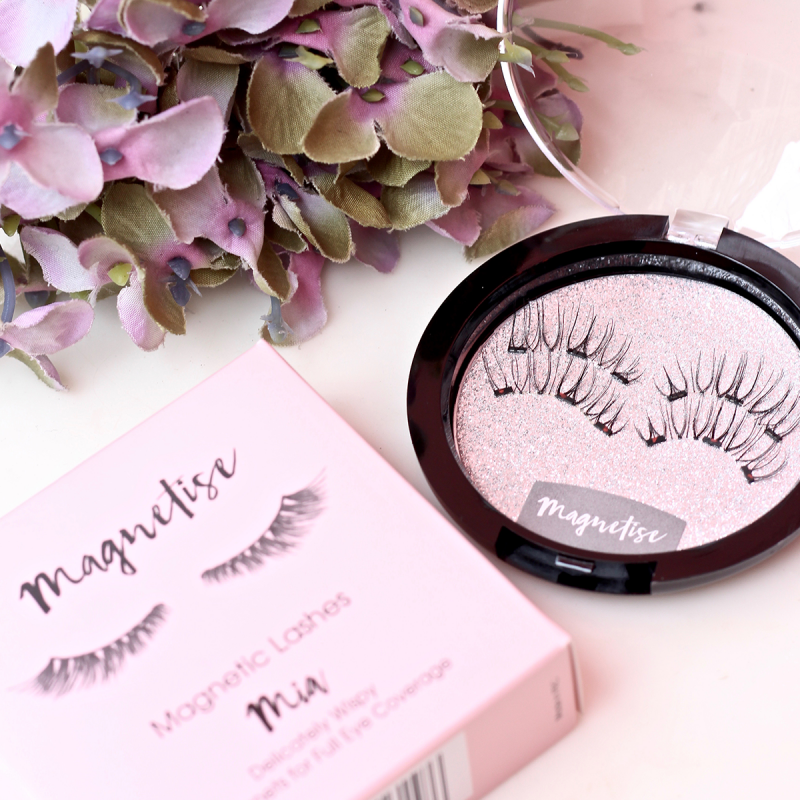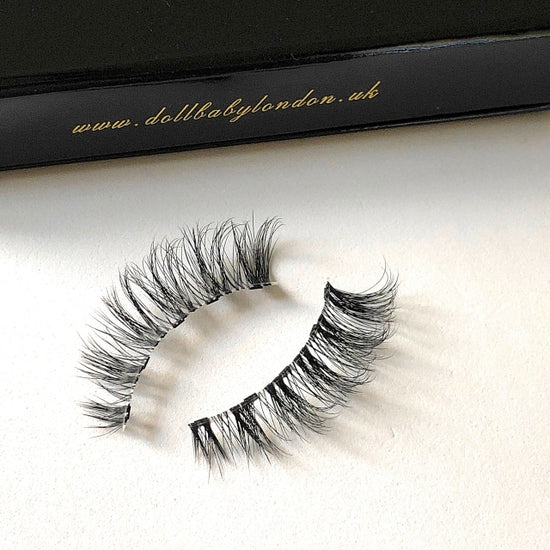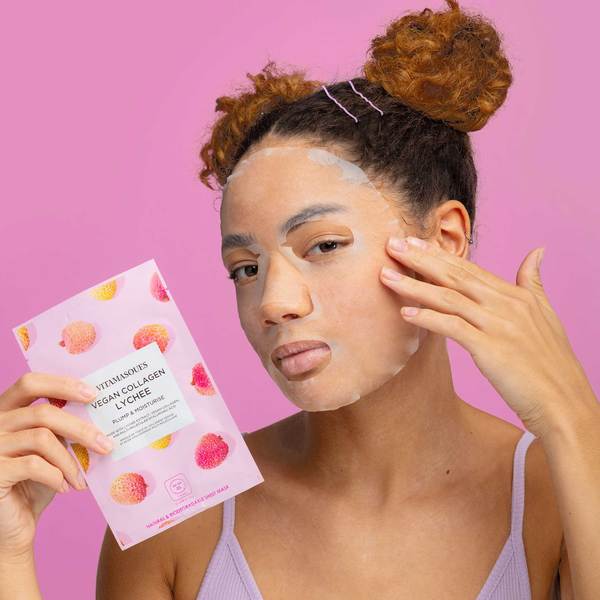Halloween or Hallowe’en is now celebrated across the world on the night of October 31st. When one thinks of this holiday, images of groups of children dressed in scary costumes roaming from house to house, demanding “trick-or-treat” immediately come to mind. Of course, intimidated householders normally hand over vast amounts of treats in the form of chocolates, sweets, and candy to avoid any dastardly tricks that these little miscreants may have dreamed up. It’s quite peculiar, isn’t it? How did this strange yet fun practice come into existence anyway?
Well, this may come off as a surprise, but this practice of celebrating Halloween is not purely a product of capitalism but can trace its origins from thousands of years to pagan times.
The origins of Halloween can be traced back to the ancient Celtic festival of Samhain. Way back 2,000 years ago, the Celts lived across the lands we now know as Britain, Ireland, and northern France. Samhain marked the end of summer and the harvest and the beginning of the dark, cold winter. The festival symbolised the boundary between the world of the living and the world of the dead.
The Celts believed ghosts would use this transition from summer to fall to winter (specifically October 31st) to visit the mortal world. Hence, bonfires would be lit to ward off these (evil) spirits. Ancient priests called Druids would also make sure that each home’s hearth was continuously ablaze to make sure the household was protected from the possibly mischievous spiritual visitors.
At some point, when Christianity was introduced in the islands, Pope Gregory moved one important Christian holiday, All Hallows’ Day, to November 1st. Presumably, replace or assimilate the Celtic Samhain Festival with a related BUT church-approved celebration.
Fast forward to the present time, religion is no longer closely associated with the way Halloween is celebrated. Most Brits now view it as a reason for a get-together: a night for sharing ghost stories, watching scary movies, and handing out candy to trick-or-treaters.
Speaking of trick-or-treating, the practice where kids dress up and knock on their neighbour’s doors and ask for sweets from the neighbour by yelling "trick or treat”, may have gained popularity in the UK partly due to the United States. But, do you know that we have a similar tradition being practised in the UK since way back? It’s called Guising—a unique form of trick-or-treating that originated in Scotland.
But which one is “scarier”? Well, we have the opinion that Halloween is a wee bit scarier in the UK than in the US. Why? Just look at the costumes people wear during this holiday. Sure, unlike their American counterparts, the British do not go over the top when it comes to decorations, but what we lack in decorations, we make up for with our costumes! Just look at the streets during this holiday, and you’ll see a flood of people dressed up as ghosts, zombies, and other frightful creatures.
Another fun tradition that traces its roots in the UK is the carving of pumpkins! Since it was the norm to display scary images of zombies and other ghouls during this time of year, Brits started to carve out scary images on turnips (which was abundant during fall). When people left England and Ireland for The Americas in the 1800s, they carried this tradition with them but instead did it on pumpkins (which were equally abundant but a lot less soft to carve).
There are a lot of traditions to look forward to later this season making sure that Halloween 2022 will certainly be a blast! After the pandemic, we’re certain that a significant chunk of the population is itching to go back to celebrating this peculiar occasion. We’re excited to see how your imagination and skills will be put to work once you come up with your costumes.





